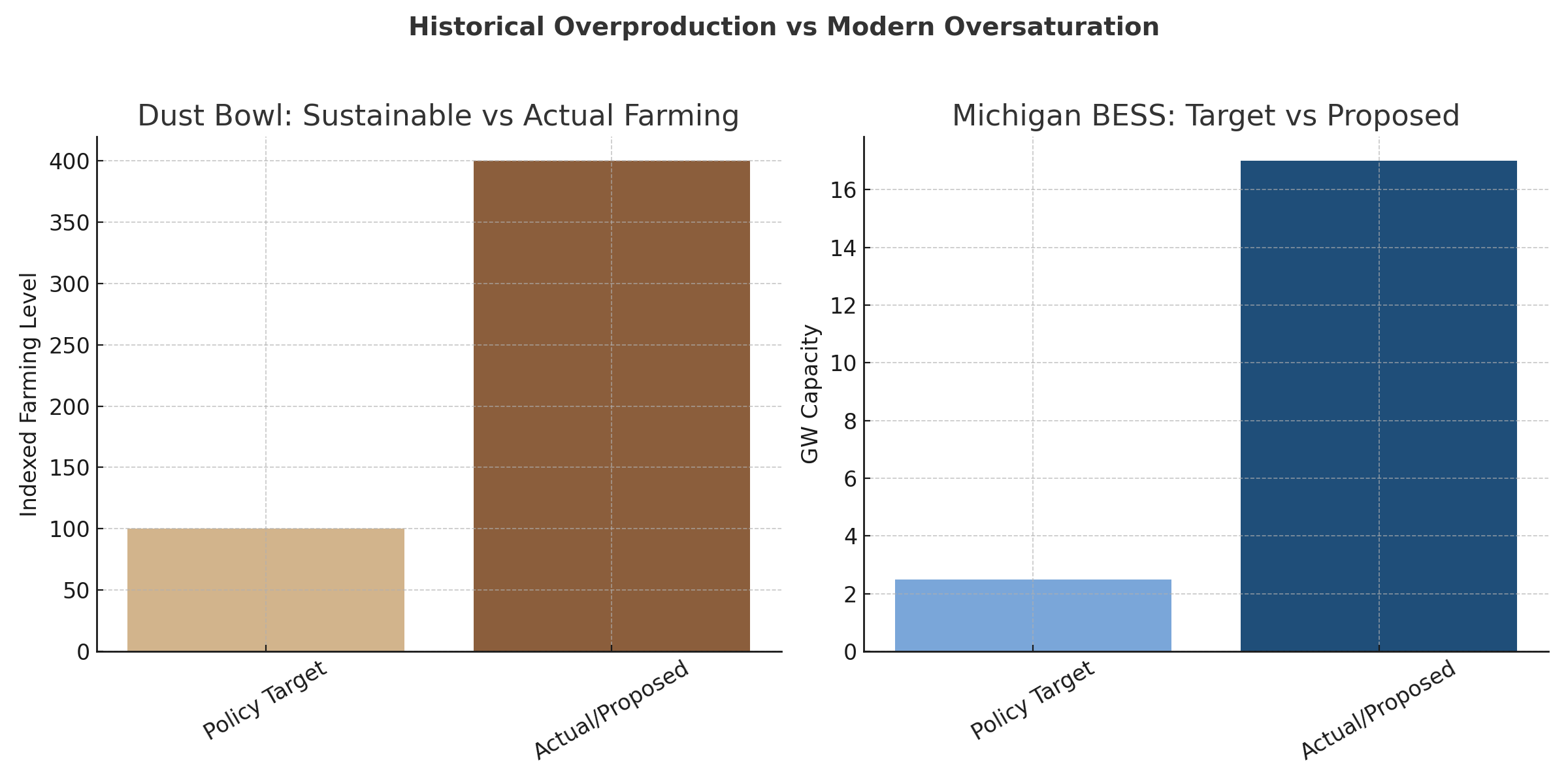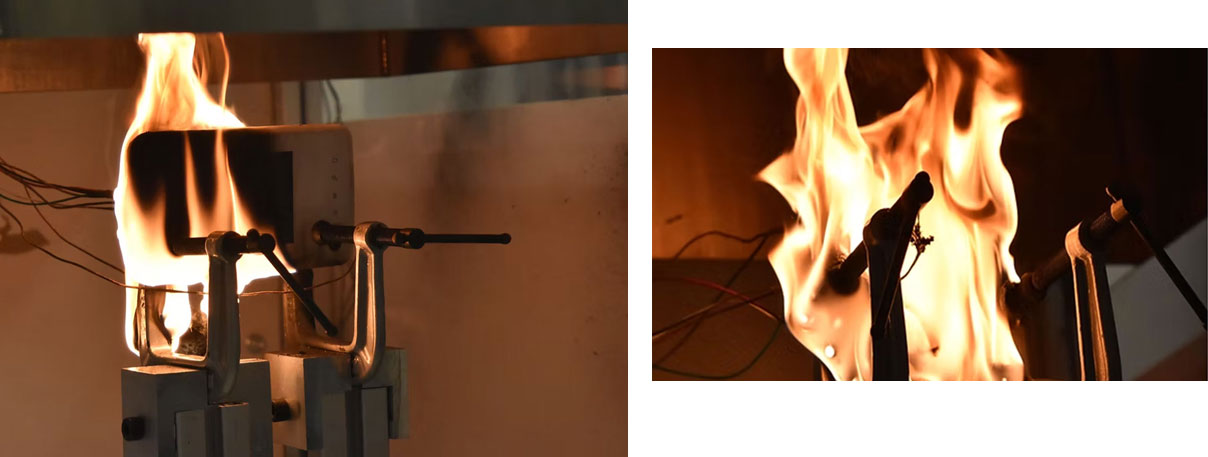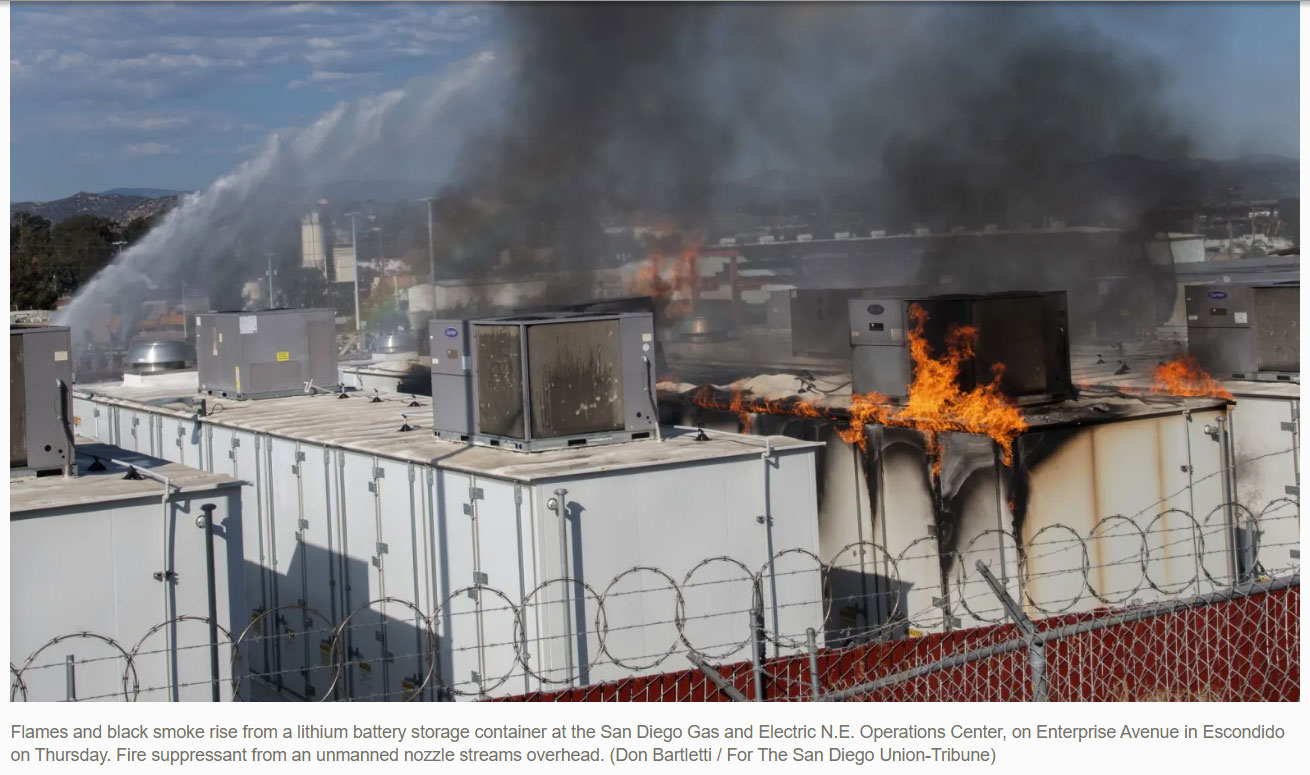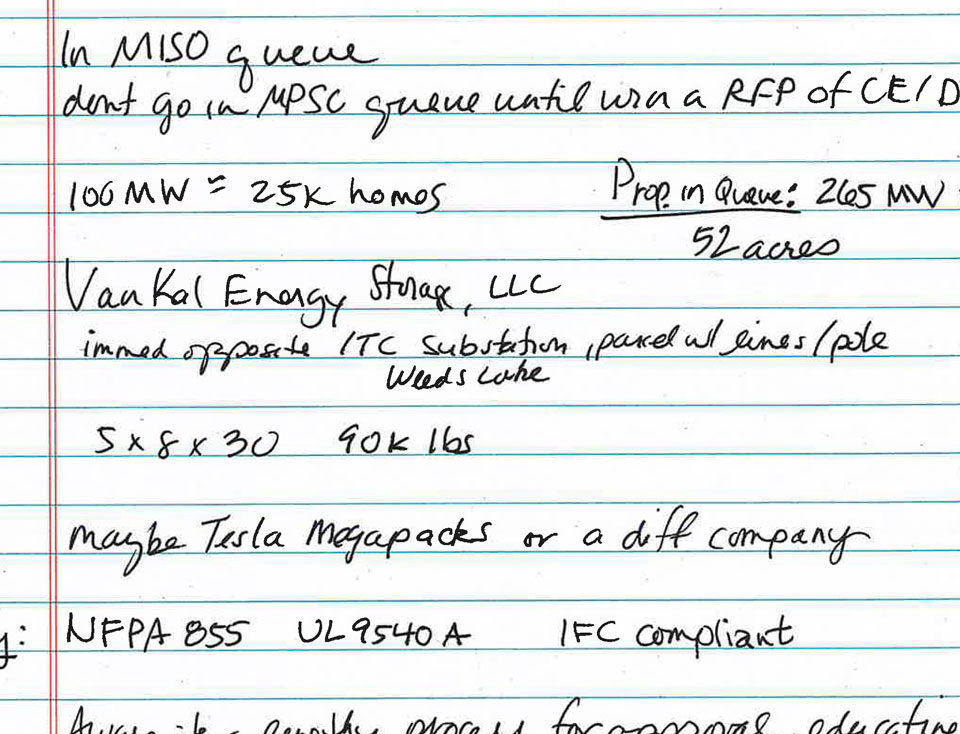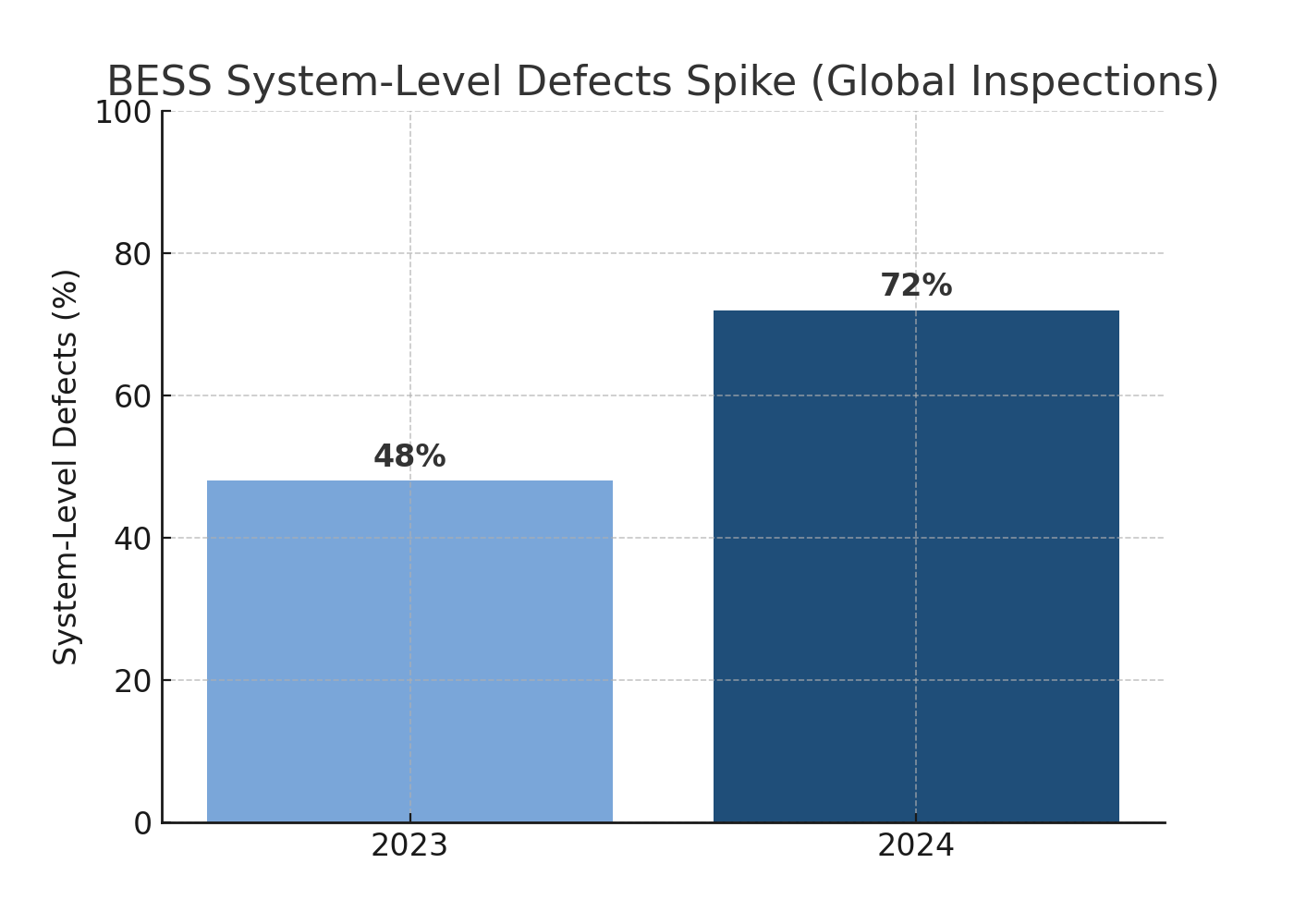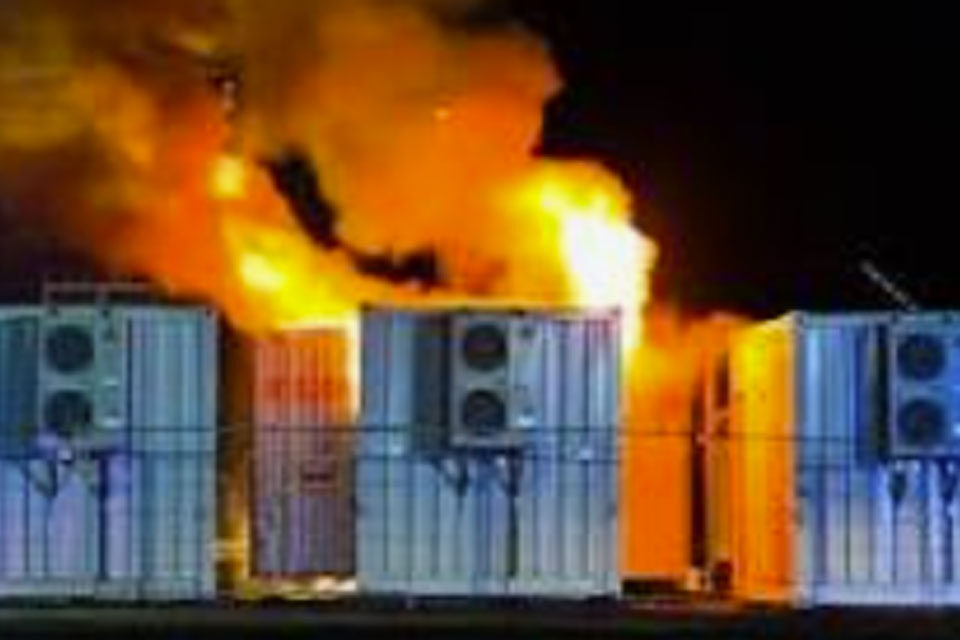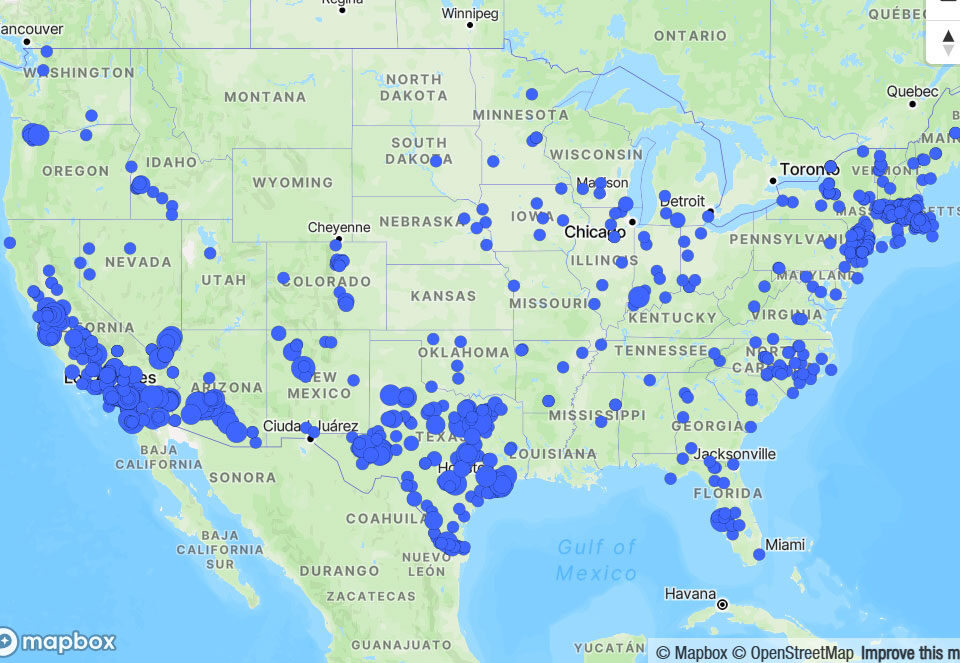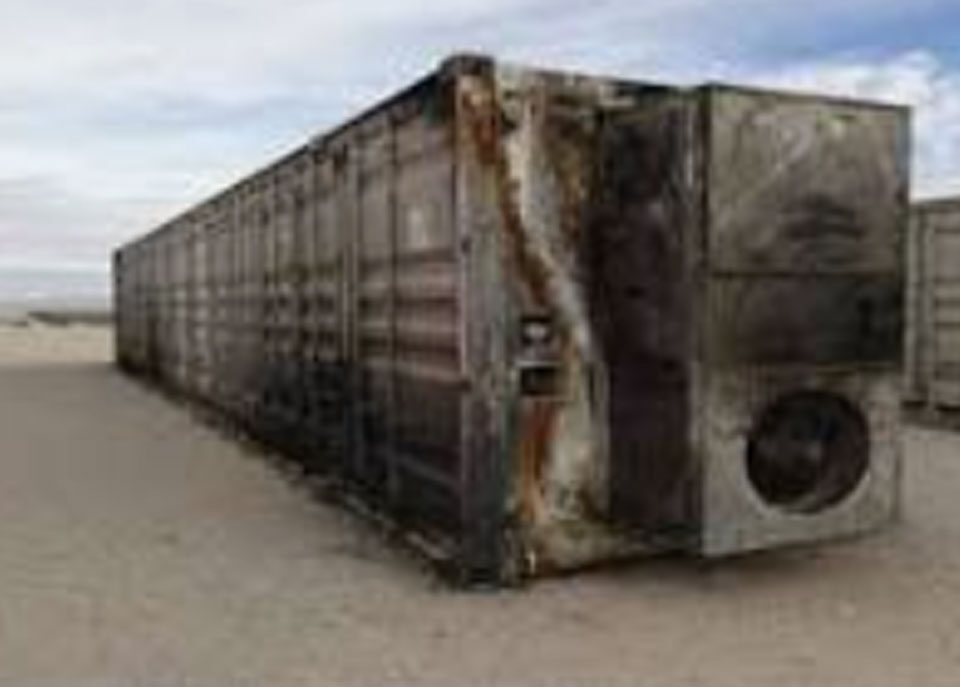A BESS Fire That Changed Everything for California
3 Days of Burning. Years of Cleanup & Destruction.
In September 2024, a Battery Energy Storage System (BESS) fire in Escondido, California burned for three straight days. Residents within a 1.5-mile radius were forced into evacuation or shelter-in-place orders due to toxic fumes. Four schools had to close for safety.
This was not a small incident. Fire crews could not use traditional firefighting techniques — lithium-ion battery cells generate their own oxygen and reignite even after being doused. Instead, firefighters had to let the container burn itself out, staying on site around the clock to prevent the blaze from spreading to other units.
The Aftermath: A Year Later, No Cleanup
One year later, no cleanup has occurred due to the toxicity and instability of the site. Officials warn that remediation could take years, with risks of:
- Groundwater contamination
- Lingering smoke exposure effects
- Toxic off-gassing from damaged battery cells
This isn’t just about fire — it’s about long-term, invisible damage to land, water, and health.
Why It Matters for Michigan
Developers claim that BESS units “put themselves out” and that local fire departments don’t need extra training. The Escondido disaster proves the opposite. Lithium-ion storage fires are not extinguished — they are only contained, and they carry years of consequences.
Allowing these facilities just 300 feet from Michigan homes and schools is reckless. When disaster strikes, families pay the price — not the developers chasing federal subsidies.
What Residents Can Do
- Attend upcoming Township Board and Planning Commission meetings and speak out against the Oshtemo BESS.
- Remember to vote out politicians that refuse to help protect residents.
- Contact the MSPC and tell them Battery Energy Storage System regulations must protect residents.

